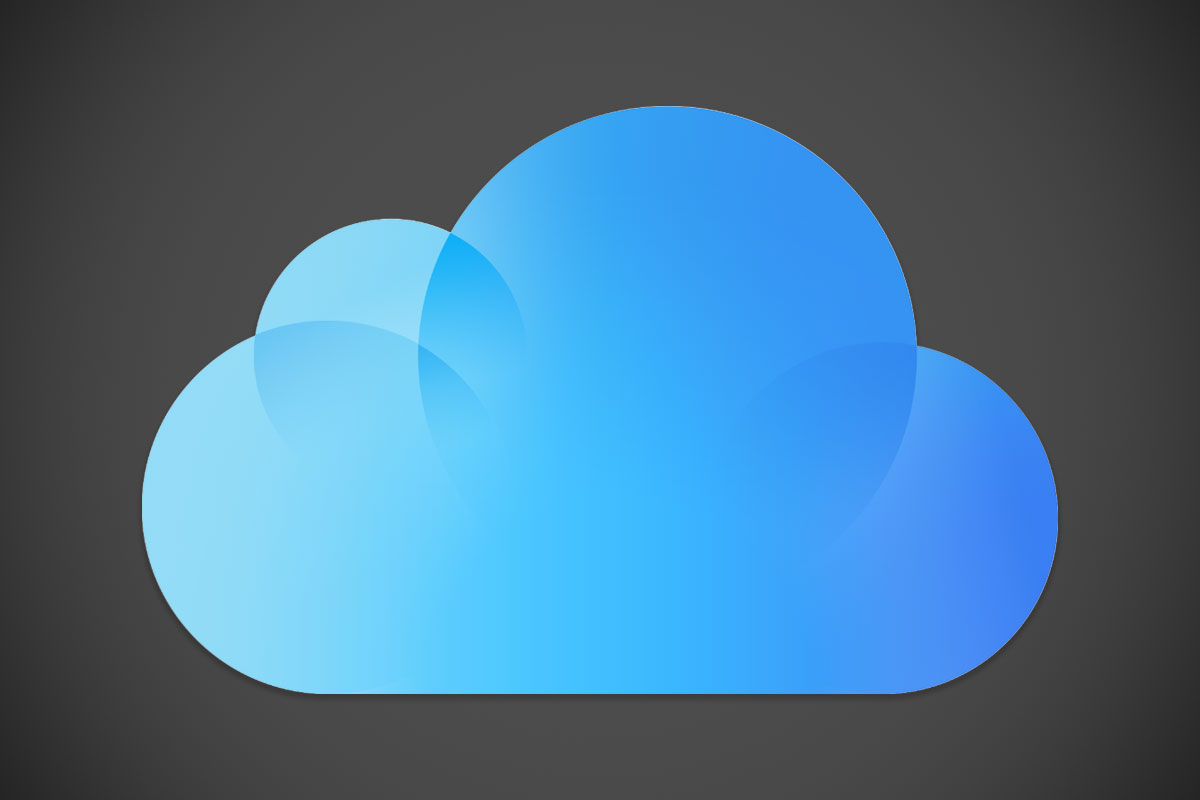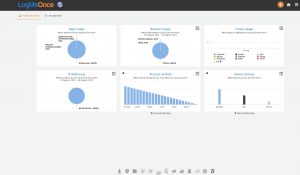

Apple, like several competitors, has its own cloud storage service. It is obviously targeted at users of the business’s hardware such as iPhones and Macs, however Apple has also established a Windows customer that provides standard support for keeping files and folders synchronized. There is no variation for Android, so if you have an Android mobile phone and not an iPhone, you must remain away from iCloud Drive and the iCloud+ subscription. It is likewise not possible to log into the account with third-party software and gain access to your cloud storage that way.
On iOS and Mac OS, iCloud Drive has a lot more features than are readily available on Windows, where it operates more or less as a pure cloud storage service similar to Dropbox. For example, you can back up iPhones and iPads instantly and without having to fill in the password that you have to if you back up to a Windows computer system. Apps and programs can store files and handle variation history with iCloud Drive.
Another function is syncing pictures and videos, and the larger subscriptions include Homekit Secure Video. It shops taped video from monitoring cameras with full-spectrum encryption whose size doesn’t count towards the Icloud area.
iCloud Drive is alone among the significant cloud storage services in not providing file history and the capability to bring back older versions of files. There is a file history feature, however it needs to be constructed into the program or app that utilizes iCloud for storage.
The interface could be better
As soon as you’ve set up and set up which information to sync (leave iCloud Drive ticked or you’ll only get other iCloud features), iCloud for Windows runs as a background procedure and you can access settings by means of its icon in the notification. For iCloud Drive, the only setting is where on the hard disk drive it need to lie– if you sign up for a lot of iCloud area and wish to keep everything in sync, you can position the folder on an external drive so it doesn’t fill the internal one.
On both Windows and Mac, one inconvenience with iCloud Drive is that there is no central setting of which files and folders must be kept in sync and which needs to just remain in the cloud. In Windows Explorer, you can see whether a file or folder is readily available offline or just in the cloud through a small icon in the status column (blue cloud symbol suggests it is in the cloud, green tick means it is likewise on the computer system).
Right-click on the item and you will see the choices Always keep on this drive and Free up area which download and get rid of regional storage of the file or folder, respectively. If you set a folder to be offered offline, new files you contribute to the folder on another drive will also be automatically downloaded to your computer system. You can likewise select these choices for the entire iCloud Drive folder.
Apple’s prices are fairly great, and the 200 gigabyte subscription for $2.99 monthly, which includes household sharing and HomeKit Secure Video, is especially great value. For a family with multiple iPhone users, it might be enough to keep everybody’s phones backed up and still have some area left for file syncing.








